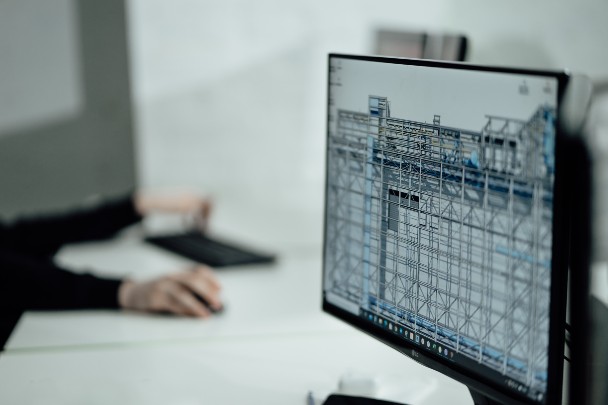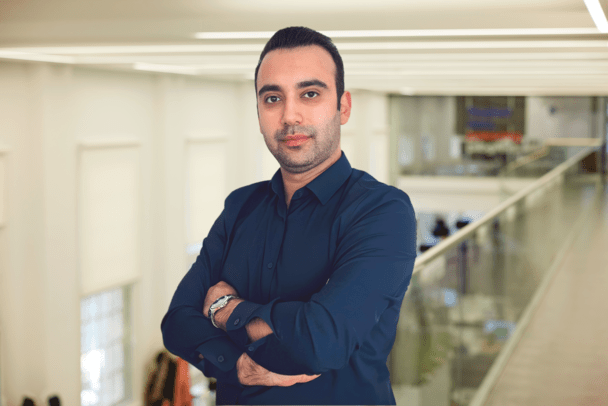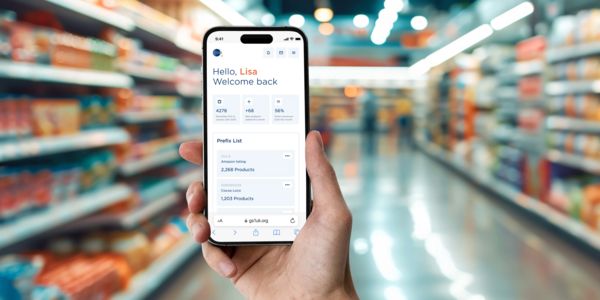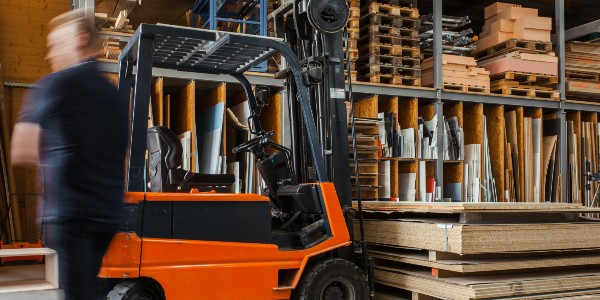January 12, 2024 Opinion piece
The construction industry is undergoing a transformative shift as new technologies revolutionise how building projects are conceptualised, executed and managed.
Digital Twins, one of the technologies driving this shift, are increasingly being used to inform improved decision making across the built environment.
A Digital Twin is simply a dynamic, digital representation of a physical object or process that is contextualised in a digital version of its real-world environment. In construction, this typically comes in the form of a detailed digital model of a building or infrastructure project.
These models are not static; they continuously update and evolve in response to real-time data gathered from various sources such as 3D scanners, sensors, and IoT devices. This integration of real-world data into a digital model provides an unprecedented capability for analysis and enhanced decision-making at every stage of a construction project.

Enhancing Building Information Modelling (BIM)
One of the primary benefits of Digital Twins in construction is their role in augmenting Building Information Modelling (BIM) processes. BIM has traditionally been reliant on static data (a data set that remains the same after you record it) to provide a visual and quantitative model of a build.
Digital Twins however, take this to the next level by providing a comprehensive picture of a built environment in real-time.
A Digital Twin can give you information about the current state of build subsystems, how they are being impacted by occupant behaviours or weather conditions, when assets like heating, ventilation, air conditioning or lighting might fail, and much more.
This capability enables construction teams to not only visualise but also simulate different scenarios and outcomes in the digital world before actual implementation in the physical world. The insights this provides can be used to improve resource management, efficiency, safety throughout the entire lifecycle of a building.
Implementing Digital Twins
Adopting Digital Twins technology can be challenging. The fragmented nature of the industry and the need for real-time data integration are still hurdles that need to be overcome. Transitioning away from traditional methods requires investment and can be complex as there is a need for specialised skills to interpret and utilise these models.
One of the core challenges is ensuring the integrity and consistency of data across various systems and stages of the construction process. This includes accurately identifying, tracking and managing components to ensure that every element is accurately represented in the Digital Twin. A lack of a standardised approach to the capture, management and sharing of for data can lead to discrepancies, inefficiencies, and increased costs.

Shervin Yousefzadeh, GS1 UK head of construction
Integrating GS1 standards in Digital Twins
Incorporating interoperable GS1 standards into Digital Twins offers solutions to many of these challenges by providing a globally recognised system for the unique identification and tracking of products, assets, locations and entities.
This not only streamlines data management by ensuring consistency and traceability, it facilitates the seamless exchange of data between the diverse parties involved in the planning, design and execution of construction projects.
In fact, GS1 standards in Digital Twins can support various aspects of construction, from logistics to maintenance and lifecycle management.
Unique identifiers allow materials to be tracked and traced throughout the entire construction process, ensuring accurate representation in the Digital Twin. This level of detail and control leads to more efficient resource allocation, better quality control, and enhanced decision-making.



